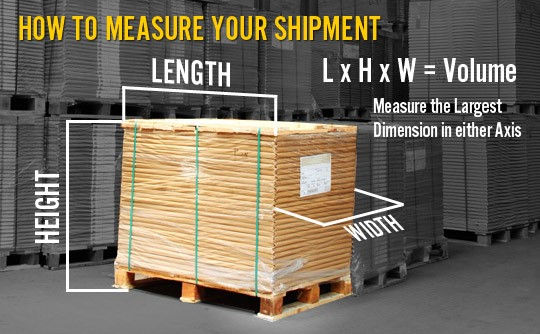8 Things You Need to Know About Goods Palletization
- Jodie
- Jan 3, 2018
- 1 min read
1. Pallets come in wood, plastic or aluminum material.
The most common type is wooden pallets but there are growing demands for plastic pallets due to cleanliness factor. It has also become mandated more, especially in food packaging. Generally, plastic pallets have these advantages:
More durable than wooden pallets
They are considerably more conveyor / automation friendly than wooden pallets as their size and shape are more uniform and consistent
Cleaner and easier to wash than wooden pallets which tend to splinter
Easier to track or label for better inventory management
Can be designed for heavier loads as compared to conventional wooden units
2. Pallets come in various sizes.
32″ x 40″
32″ x 48″
40″ x 48″ (most common)
48″ x 64″
48″ x 72″
3. There are multiple different types of pallets.

4. Advantages of Palletization include:
Elimination of package handling – movement becomes much easier and faster
Reduction of labor usage

5. However, palletization has its disadvantages too:
There are still some form of risk of cargo damage
Palletization increases stowage factor
Reduces ship’s stability factor (center of gravity)
6. When using pallets, make sure …
Strong pallets are used (especially wooden ones)
Cargo is strapped onto pallet
Pallet loads should be stable
Shrink wrap is still important to protect your cargoes

7. Pallets are also used for products of irregular shapes.

Pallets are also used for odd-shaped goods and secured with straps.
8. Measuring palletized cargoes
The size and dimension of your cargoes are important information that should be given to your freight forwarder for them to gauge the space required. The best way to present the information is to send it along with a photo of it.

For more questions regarding pallets, loading and unloading or stuffing and unstuffing of containers, feel free to speak to us and we will advise you the most suitable and cost-efficient handling method. Our team is experienced in handling different types of cargo, from the smallest in size to the largest.

Comentários